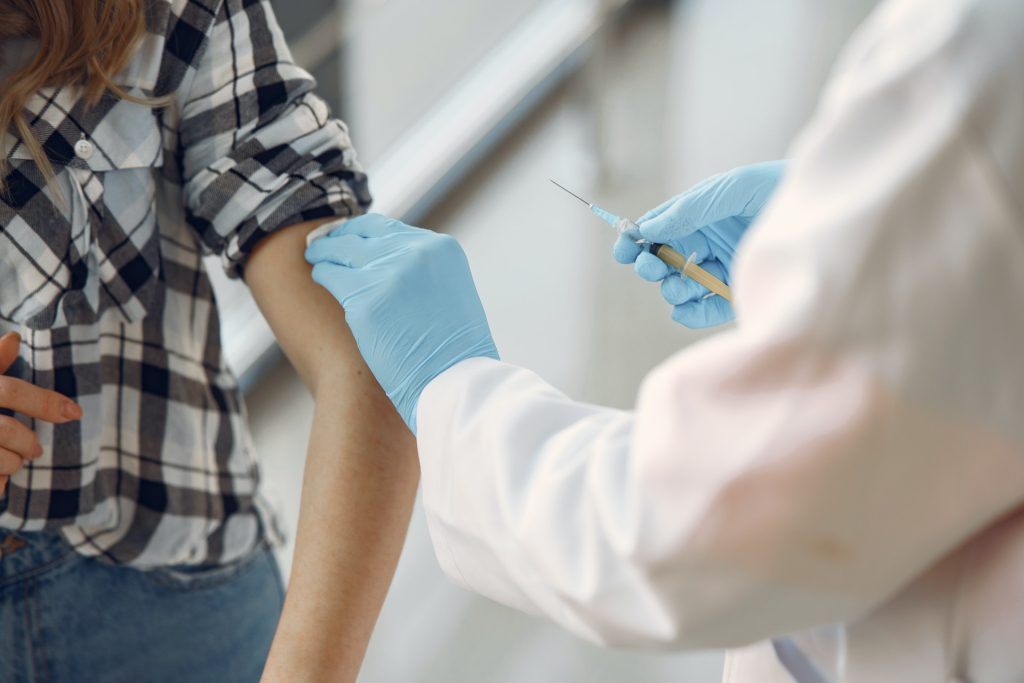Smallpox Vaccine Offers Protection Against Mpox

Smallpox vaccines offer continuing cross-reactive immunity to mpox (previously known as monkeypox), researchers from Karolinska Institutet in Sweden report in a study published in the scientific journal Cell Host & Microbe. The smallpox vaccine had been administered in Sweden from the early 19th century until it was discontinued in 1976 with the eradication of the disease.
During last year’s mpox outbreak, the virus spread for the first time outside Africa, causing over 85 000 cases of the disease to date. Men who have sex with men account for the most infections, with a marked skew towards the young.
The virus that causes mpox is what is known as an orthopoxvirus and is very similar to the virus that caused smallpox until the mid-1970s when it was finally eradicated. South Africa stopped its smallpox vaccinations in 1982.
Since there were data indicating that the old smallpox vaccine could protect against mpox, the researchers at Karolinska Institutet wondered if the individuals who were vaccinated decades ago against the former would have some protection against the latter owing to a remaining memory response.
“Our study shows that this is the case, which implies that the memory cells are very long-lived and that they can recognise closely related viruses such as the mpox virus and provide overlapping, or cross-reactive immunity,” says the study’s corresponding author Marcus Buggert, docent and researcher at the Center for Infectious Medicine, Karolinska Institutet.
By analysing the T-cell immune response in 105 healthy blood donors, the researchers were able to show that individuals born before 1976 had a significantly stronger immune response against both viral types. The researchers also analysed the immune response in 22 men with a recent mpox infection and showed that they also exhibited a strong immune response to the virus, which may provide future immunity.
The current study was too small to judge how much protection previous smallpox vaccination provides, but Dr Buggert refers to a recently published British observational study examining the effect of a smallpox vaccine given to risk-group males in 2022.
“This study shows that smallpox vaccine can provide about 80% protection against mpox,” he says.
Source: Karolinska Institutet





